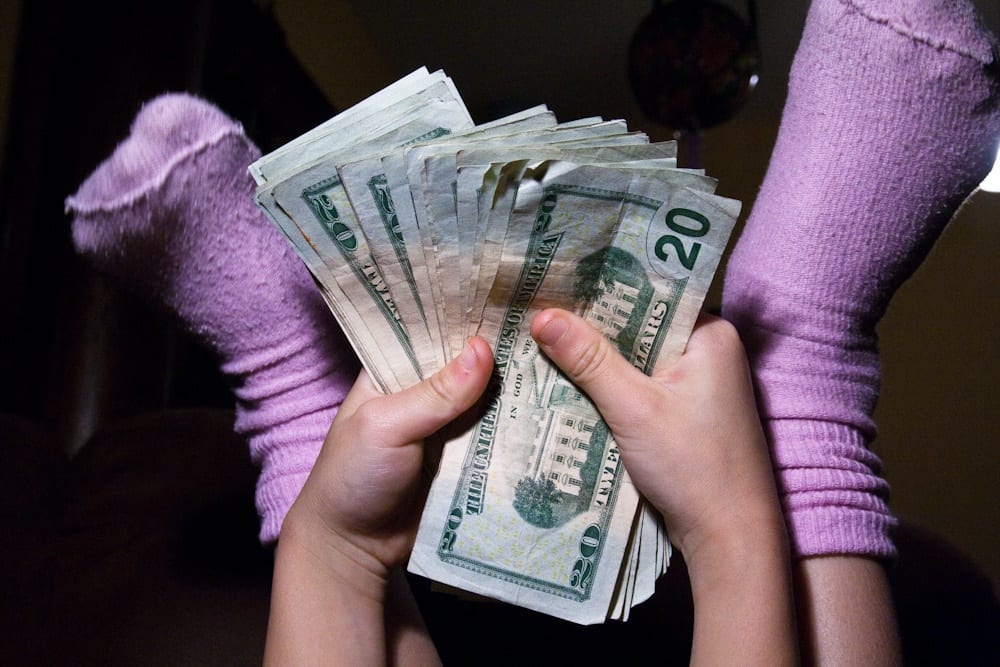Teens should have a job, chores that pay salary or allowance, and/or their own company, since as an internet-based store, like Cafepress. That is, they should have a means of earning money. This can be a part-time job.
Teens should have a checking and savings account. There should be a minimum amount of money that remains in these accounts, say $25-$100. Should the teen spend this money, then the teen must repay the account(s). Teens should learn how to balance their checking account.
Teens should be assigned some bill(s) to pay. Perhaps they should be required to pay a percentage of the telephone bill or their email account. This teaches them the responsibility of paying bill(s).
If teens have an interest in going to college, they should start their own college fund, putting in a percentage of their earnings, say 5%-20% should go into the college fund.
Teens should have an investments fund, investing in stocks, bonds, and/or collectibles. Maintain the fund in savings account until there is enough money for investments, e.g. a mutual fund.
Teens should learn how to budget. There are books for children and teens on how to budget that can be purchased from Amazon.com. There are also numerous websites on the subject of budgeting.
Teens should learn how to spend, e.g. discounts, wholesale buying, how to save for expensive items. They should not become spending addicts. They should learn how to buy certain types of products. There are online articles about how to buy products from toys to clothing to food items.
Teens should have a financial literacy hobby, such as collecting coins. Teens can also have hobbies that can be transformed into businesses, such as collecting used toys, books, CD’s, DVD’s that can be resold at flea markets, garage and yard sales, consignment shops.
Teens should know their financial dreams and/or goals. Is their financial dream or goal a profession, like film making, music, math or scientific inventions? They should work on the practical and possible goals within their great dreams or goals. What is possible for them as a teenager? Perhaps their financial dream is to have their own company or business? What is possible now. Perhaps a small online company linked to a free affiliate program, like The Toy Connection or VMC Satellite TV.
Again, teens should learn how to set practical, realistic financial goals leading to their great financial goal. What is possible for them as a teenager? These practical, realistic goals help teens to experience achievement while working towards the more non-practical goals.
Many people fail at financial goals by first setting non-practical, non-possible goals. What goals are practical and possible within the great goals and great financial dreams? A college fund, for example. Maybe a teenager can only afford to start a college fund with $100-$500 not thousands or hundreds of thousands.
Start with the $100-$500 and add to this a percentage of earnings from the teen’s company, chores, or job. If borrowing from the fund, repay with interest. Maintain focus on the financial goal. This is the same with a business or vacation fund.
